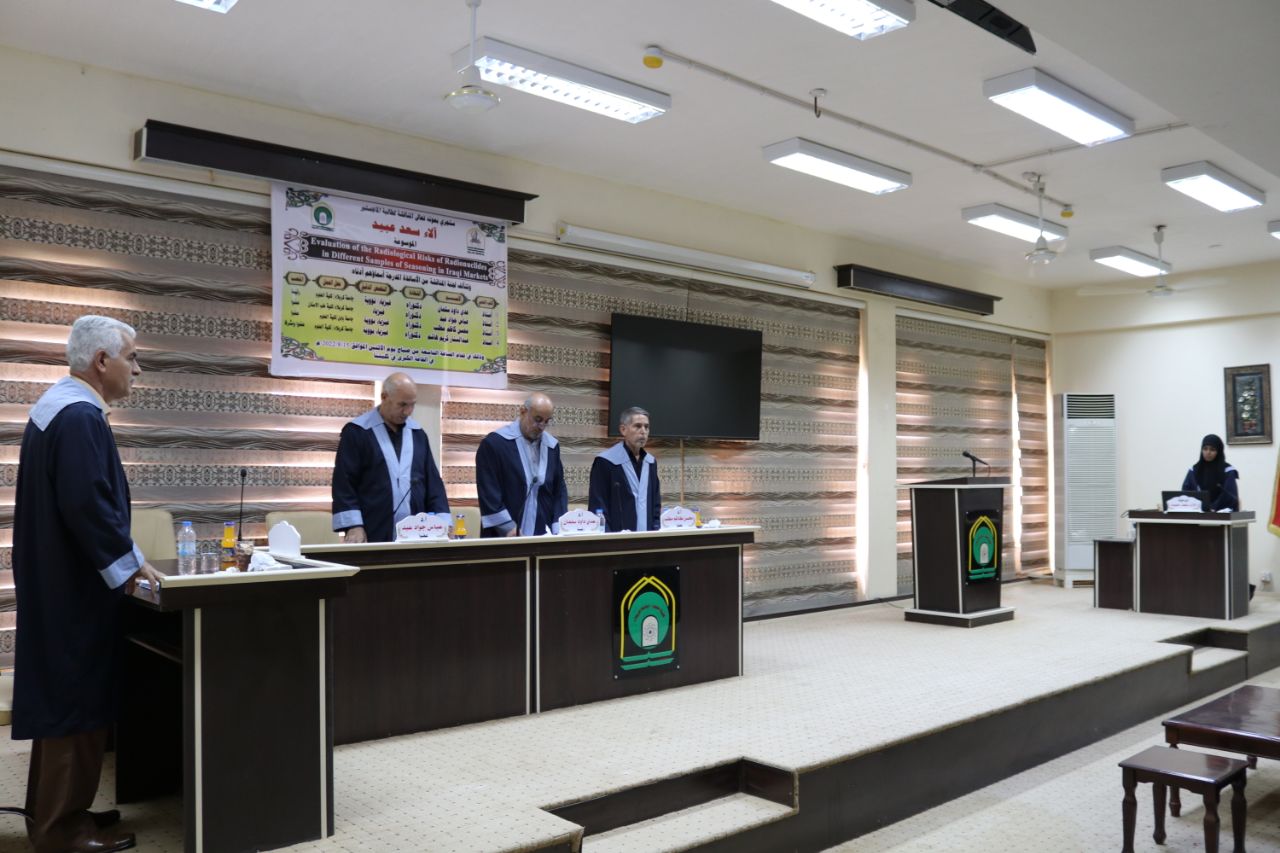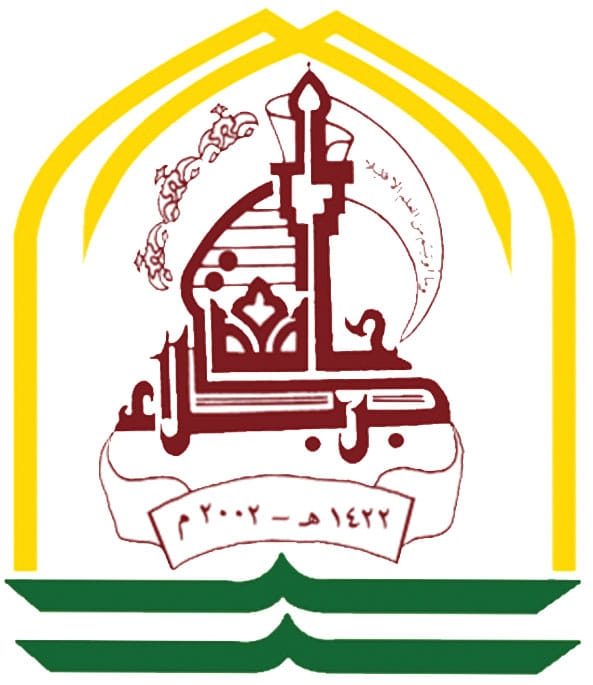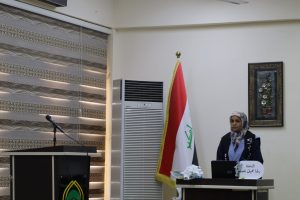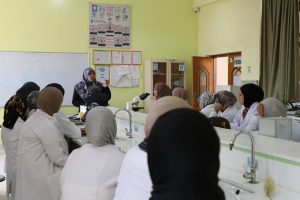A master’s thesis at the College of Science at the University of Kerbala has discussed a study on the assessment of the radiological risks of radionuclides in different samples of flavouring in the Iraqi markets, by student Saif Alaa Saad Obaid.
The study aimed to show that spices are one of the main ingredients that are commonly used in all Iraqi kitchens, and they are products of tropical plants and perhaps bark, roots, buds, fruits, or other parts. It can be contained in the concentrations of some radioactivity nuclides produced by a nuclear chain, as well as determine the radiological hazards due to the gamma and alpha emitters of the samples. The results of gamma emitters show: that the average values of the specific radioactivity.
The study concluded that the average concentration of radon (CRn) is 0.258 Bq / kg, the average concentration of radium CRa is 0.0164 Bq / kg, the average concentration of uranium (CU) is 0.264 Bq / kg, and the average annual internal dose (AAIED) is µSv / y 0.0300, and the average risk of cancer per million people (RECFPMP) is 0.0156 All of this value is lower than the global average. Finally, the levels of natural radioactivity (Gama and alpha emitters) along with the radiological hazards were investigated. By comparing with the permissible global limits, as well as comparing with the previous domestic and international studies, it was found that the 57 samples of spices that were studied do not cause any danger to human health when ingested.
The study recommended the possibility of intensifying research on the types of flavouring and their impact on human health, as well as benefiting from whether they help improve human health.
































































